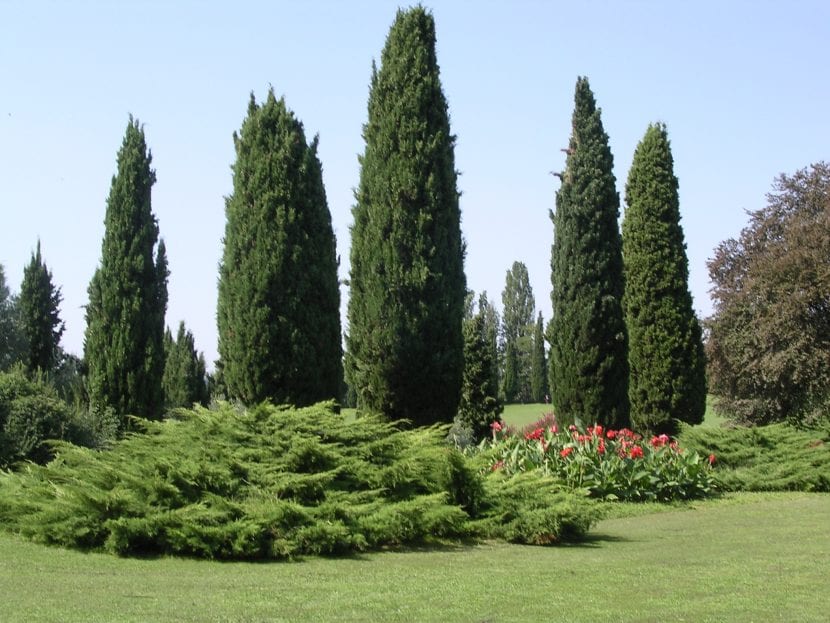
Cypress trees are one of the most widely used conifers in gardens: they resist cold and frost well, they do not require much maintenance and, in addition, they have a very, very high ornamental value.
What's more, there are different types of cypress trees that are especially suitable for our favorite corner, like the ones that we are going to present to you next.
What is the origin and characteristics of cypress trees?
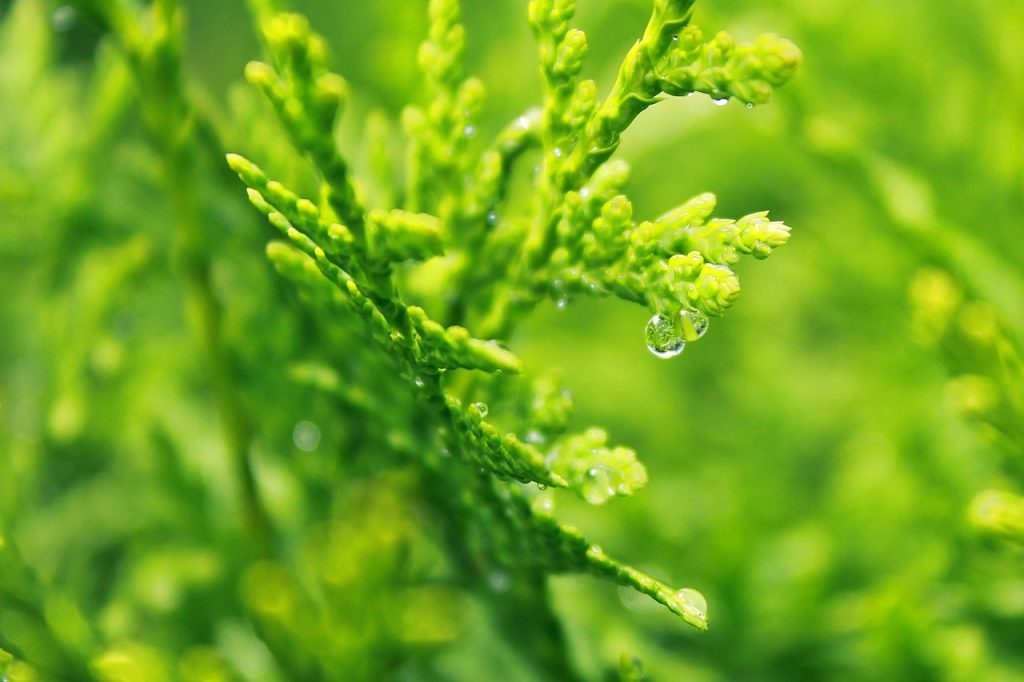
Cypresses o cupressus they are trees, or more specifically, evergreen conifers originating in the temperate regions of the Northern Hemisphere, especially in Europe and Asia. They can reach heights of up to 40 meters, with a pyramidal bearing and a straight trunk with thin bark.. The leaves are 2 to 6mm long, scale-shaped, and generally green in color. These remain in the plant for several months, even years, before being replaced by new ones.
They bloom in late winter. Male and female flowers sprout on the same specimen. The former form yellowish or dark orange oval cones, and the latter reddish and brown spherical cones.
Types of cypress trees
If you are looking to put some cypress in your garden, we recommend the following:
Cupressus arizonica
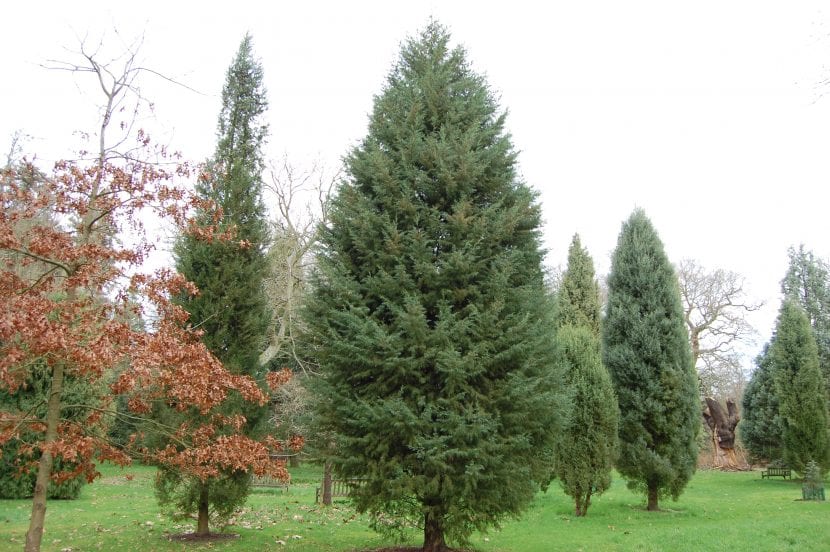
Image - davisla6.files.wordpress.com
Known as Arizona cypress, it is an evergreen tree native to southwestern North America that reaches a height of between 10 and 25 meters. It has a conical crown and a trunk whose thickness is about 50cm. Its needles -leaves- are gray-green in color, and are provided with resinous glands on the back.
It resists frosts down to -15ºC.
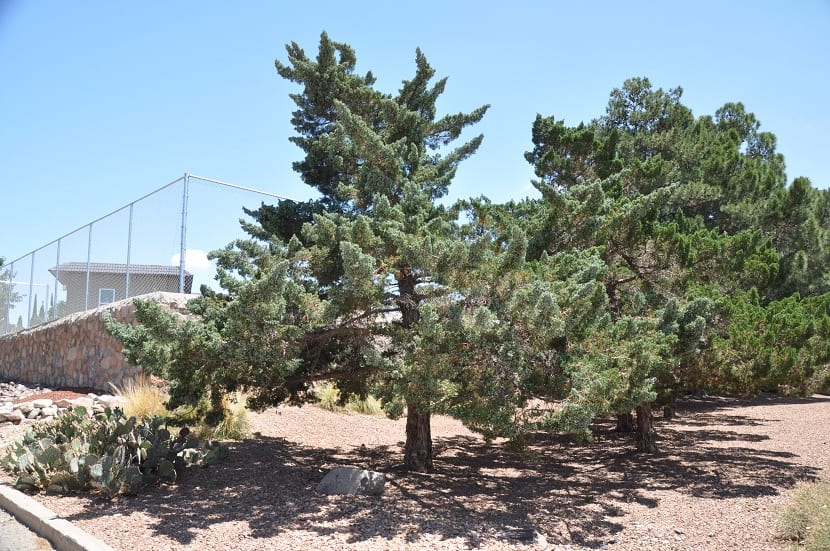
Cupressus leylandii

Known as x Cupresocyparis leylandii, Cupressus x leylandii or, more commonly, Leyland Hybrid Cypress, is a natural hybrid between Cupressus macrocarpa y Chamaecyparis nootkatensis. It reaches a height between 20 and 25 meters, and its leaves have a slightly aromatic scale shape, dark green in color.
It resists frosts down to -15ºC.
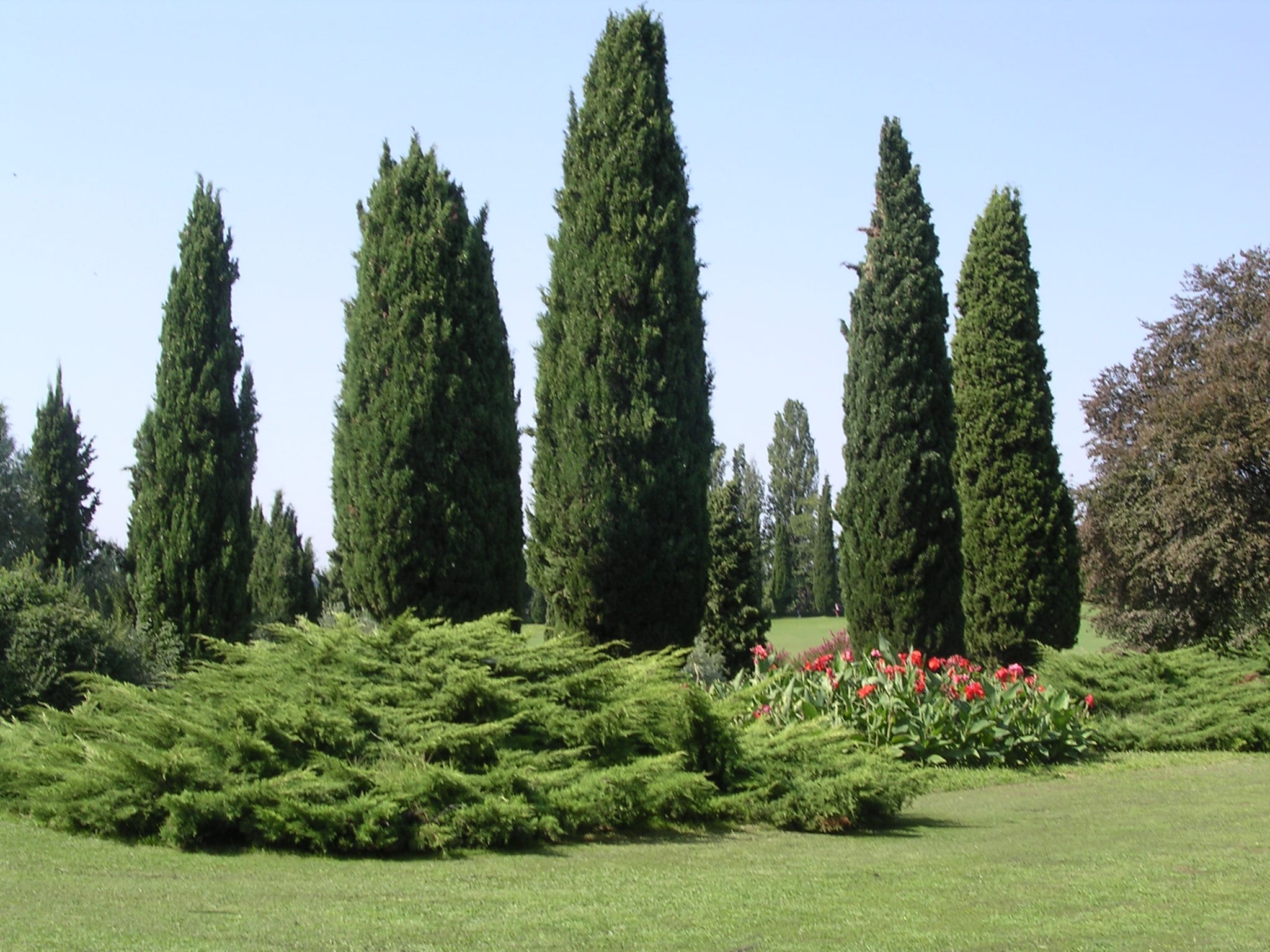
Cupressus lusitanica

Image - Wikimedia / Sergio Kasusky at Flickr
Known as San Juan cedar, it is a species that can reach a height of 30 to 40 meters and that develops a straight trunk with fissured bark. Its leaves are scaly, dark green.
Does not resist frost, only up to -1ºC if it is punctual and of short duration.
Cupressus macrocarpa
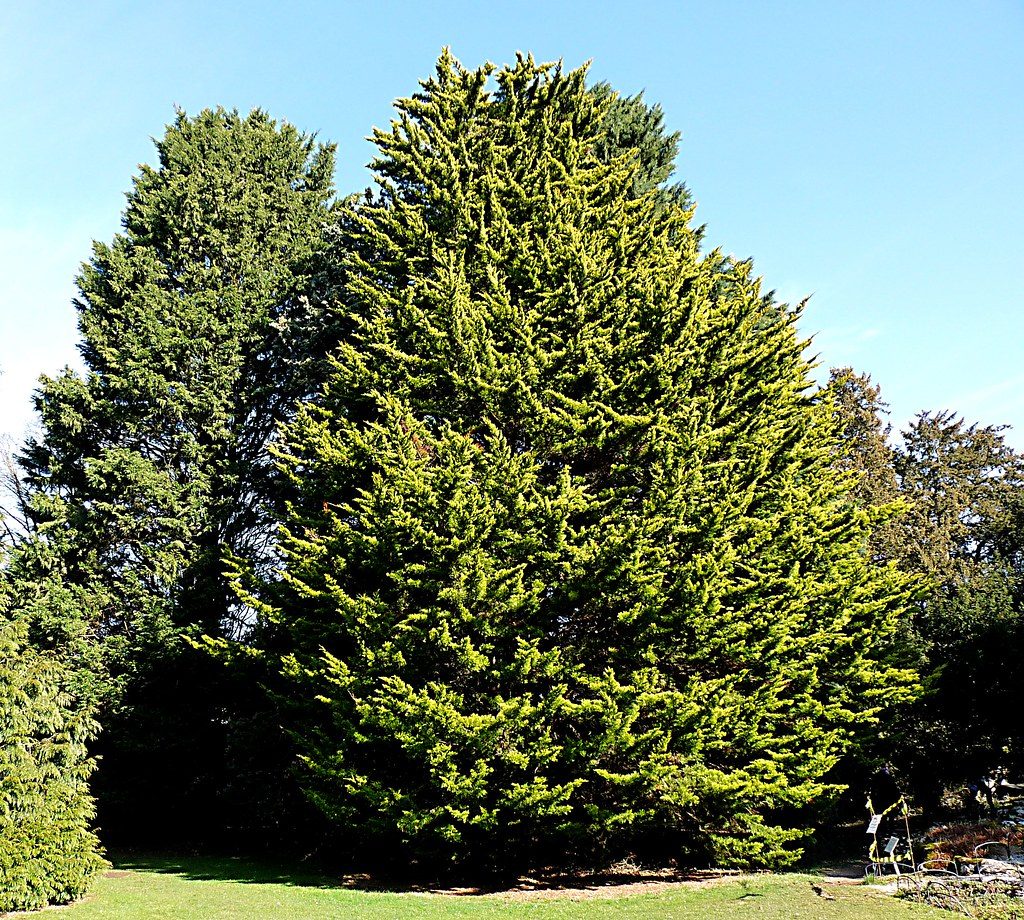
Image - Flickr / Hornbeam Arts
Known as Monterey cypress, it is an evergreen tree native to the southwestern United States that reaches a height of about 30 meters. Its crown is wide and domed, formed by thick, dark green scaly leaves with a non-pointed apex. The reddish bark very cracked.
It resists frosts down to -15ºC.
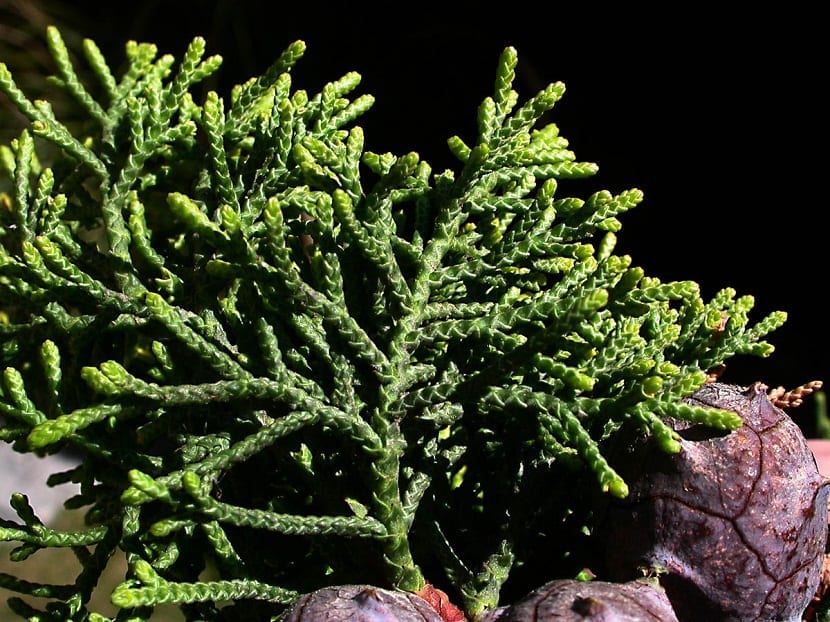
Cupressus sempervirens
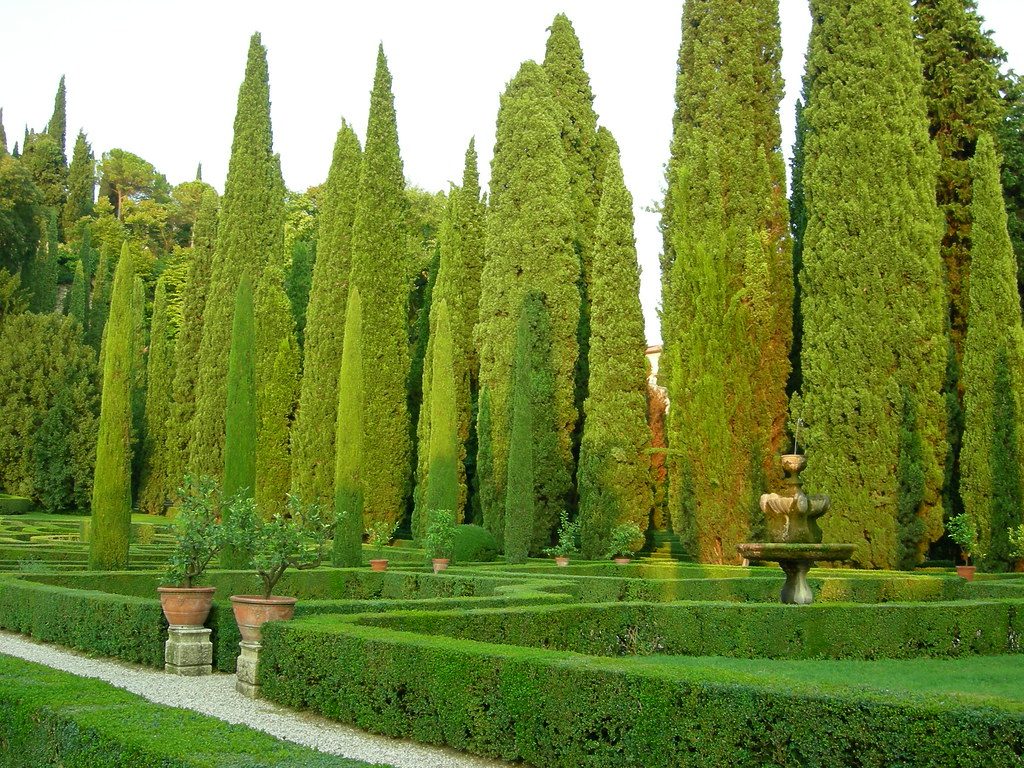
Image - Flickr / Garden tourist
Known as common cypress or Mediterranean cypress, It is a more or less pyramidal evergreen tree that reaches a height between 25 and 30 meters. It is native to the eastern Mediterranean regions. The leaves are scale-shaped between 2 and 5 millimeters in length and are dark green in color.
Resists up to -10ºC.
What is the care of cypress trees?
If you want to have a copy, we recommend you take care of it as follows:
Location
They are plants that need to be abroad, to feel the passing of the seasons. It is important that they are planted at a minimum distance of 6-7 meters from pipes and paved soils, since they have very strong roots.
Earth
- Garden: they grow in soils rich in organic matter, with good drainage, and deep.
- Flower pot: during their first years they can be kept in pots with universal substrate (for sale here).
Irrigation
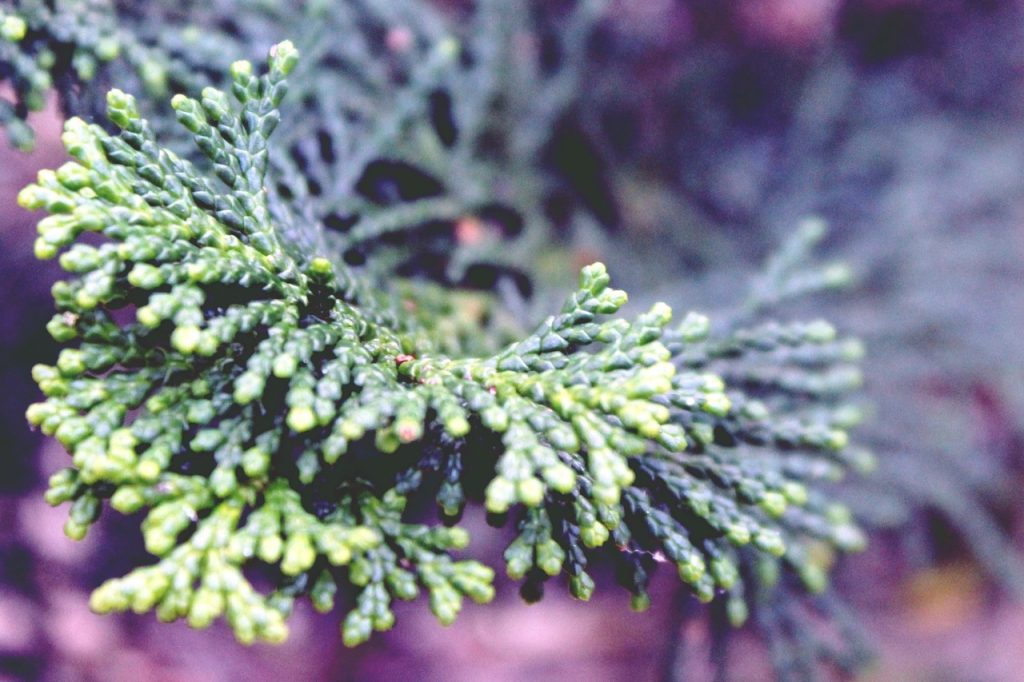
Cypresses, in general, do not withstand drought. Perhaps those who live best in hot and dry climates are the Cupressus arizonica and Cupressus sempervirens, since they originate from places where drought is a recurring problem. But so they can be alright it is highly recommended to water them from time to time, on a regular basis.
During the summer they will be watered an average of 3 times a week, and the rest of the year every 4 or 5 days.
Subscriber
Throughout the growing season, that is, during spring and summer, it is highly advisable to pay them with organic.
Multiplication
Cypresses multiply by seeds. These are recommended to be sown as soon as they are collected, in autumn, in a seedbed with universal substrate and then placing it outside, in semi-shade.
If the soil is kept moist, but not waterlogged, they will germinate throughout the spring.
Pruning
Pruning will be done late winter, and always trimming the branches a little, avoiding drastic pruning.
Rusticity
It will depend on the species, but in general they are quite rustic.
What are the different types of cypress trees used for?
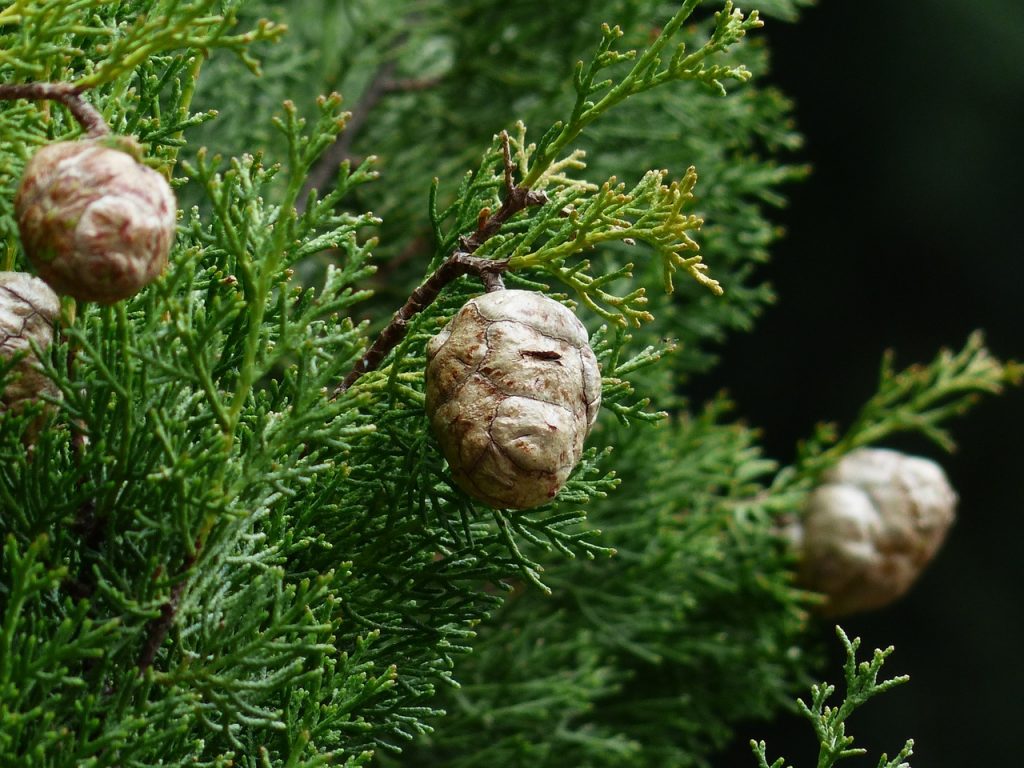
For this:
Ornamental
Without a doubt it is the use that is given the most. They are very beautiful trees, easy to care for, and with which you can create magnificent hedges in the gardens. In addition, there are many who are worked, too, as bonsai.
Wood
The cypress wood is yellowish brown, with a fine texture. Is used for build boxes, guitar plates or in turnery.
What did you think of the cypress trees?